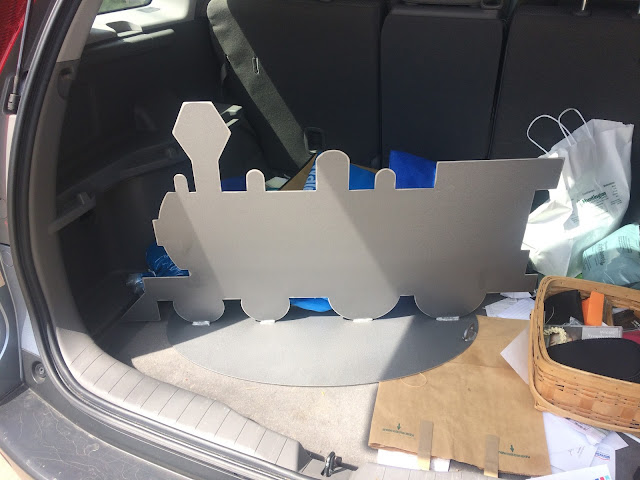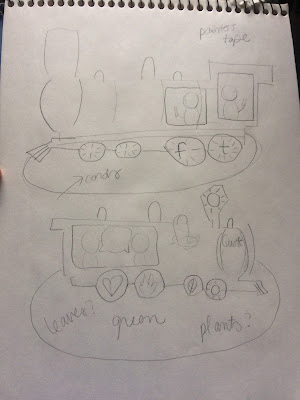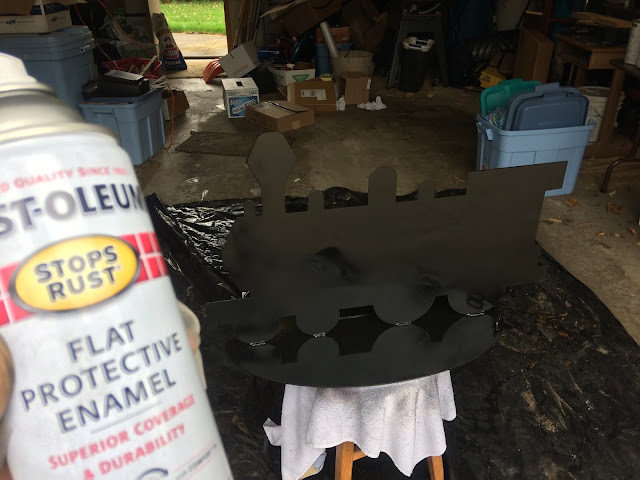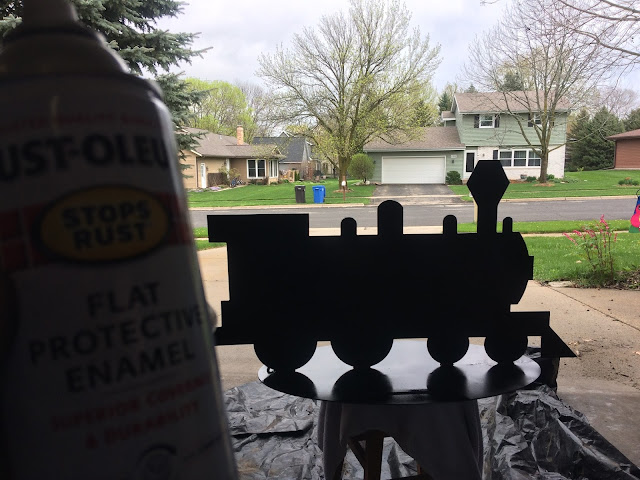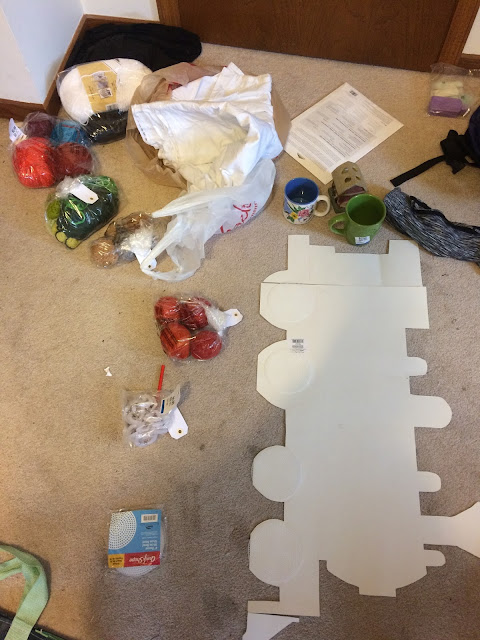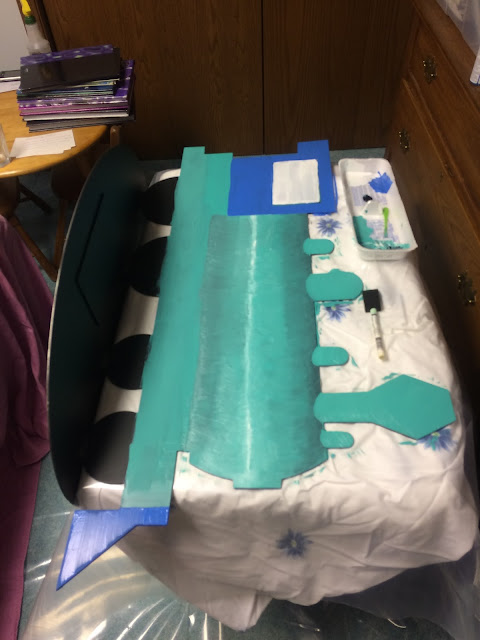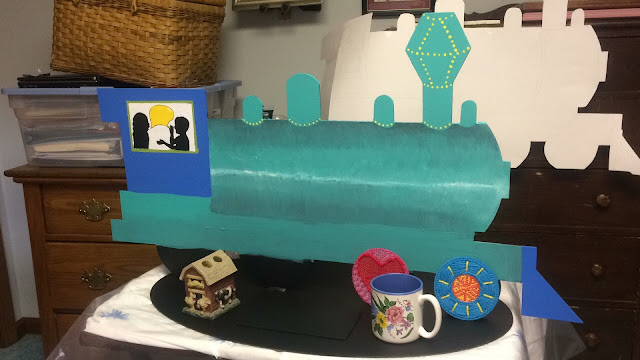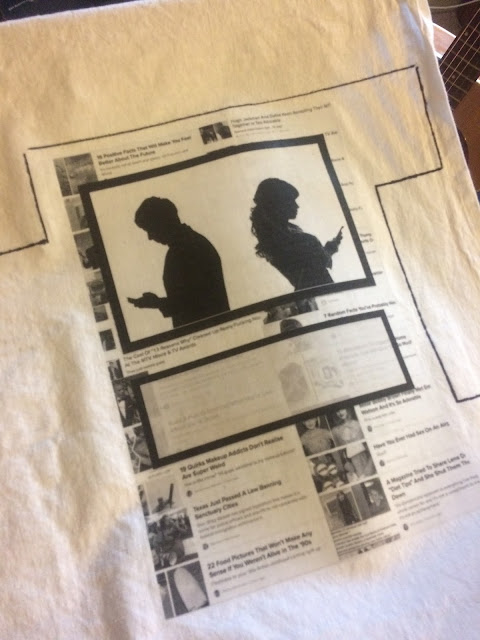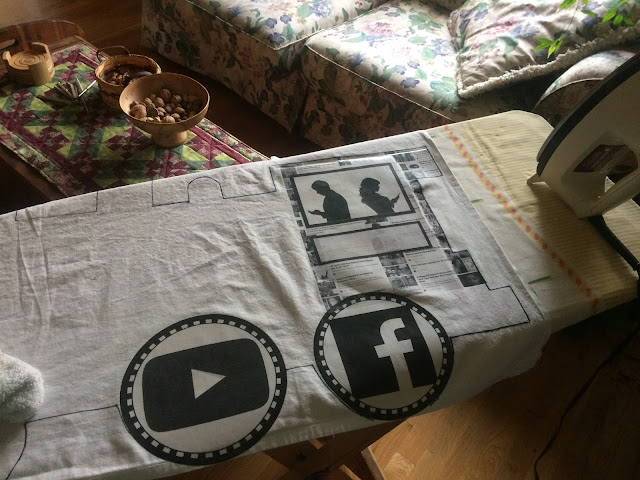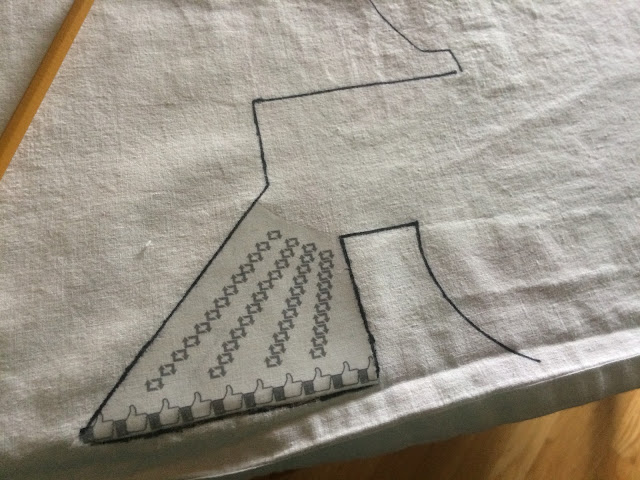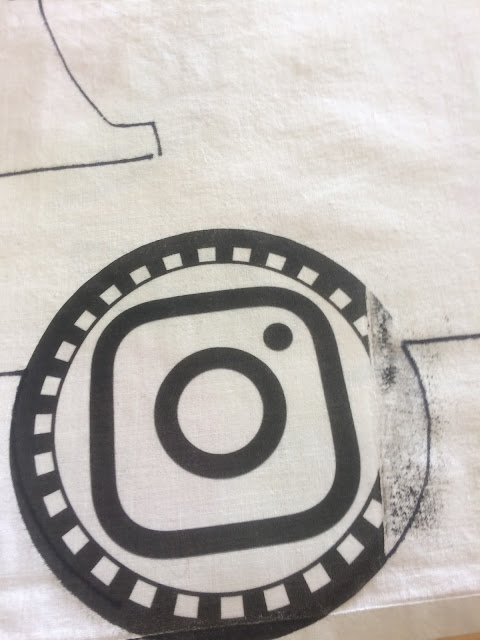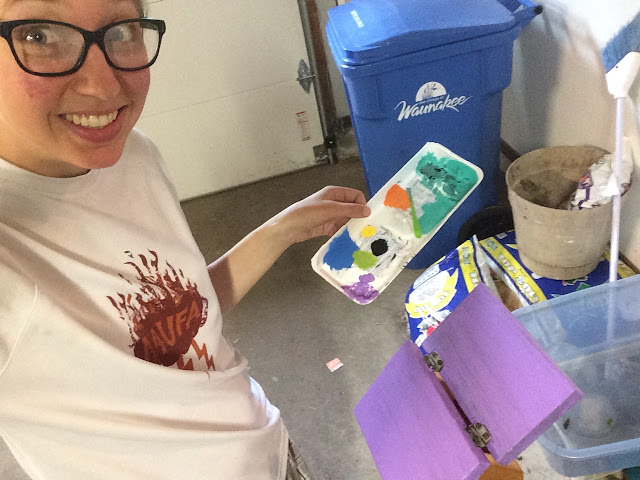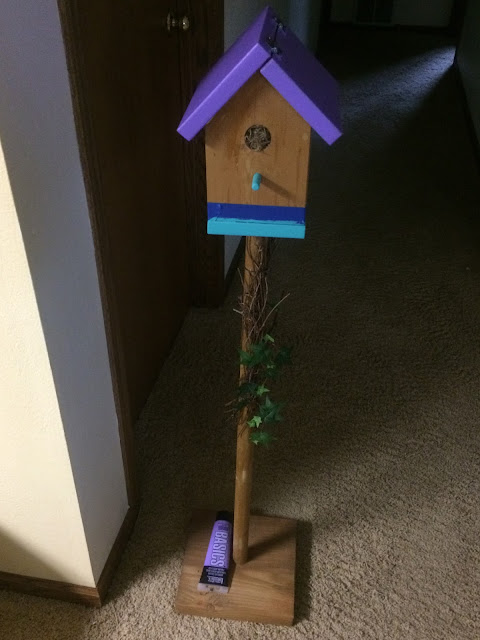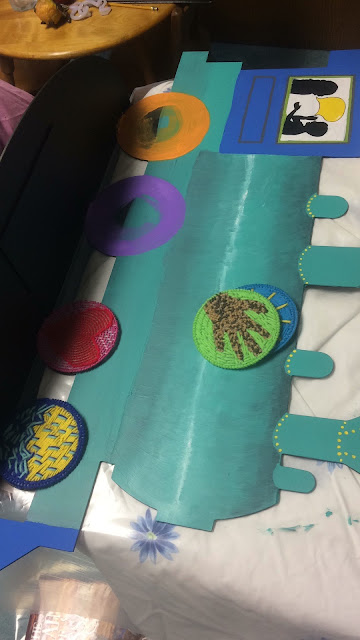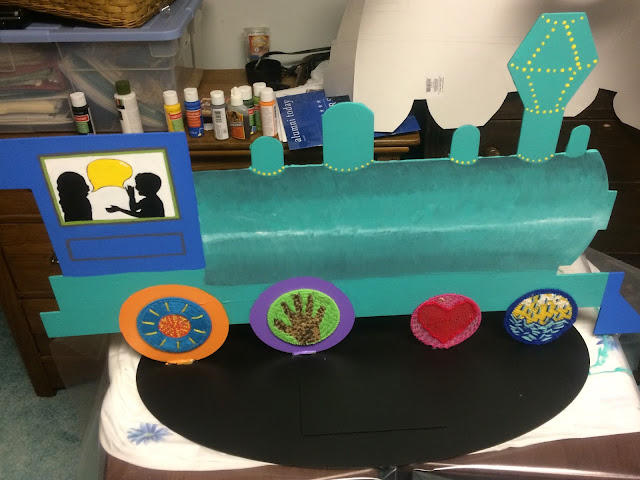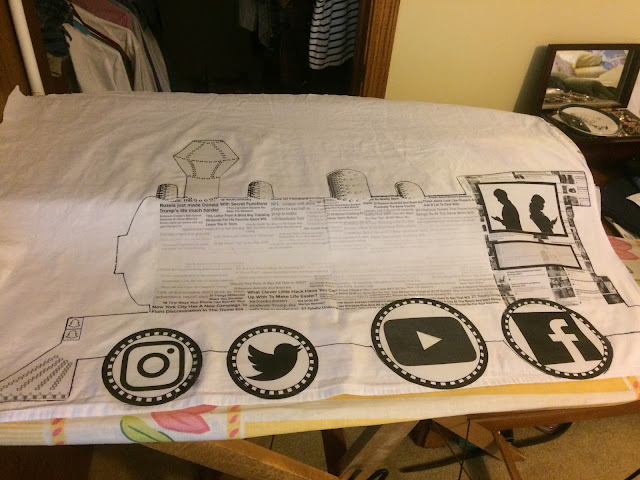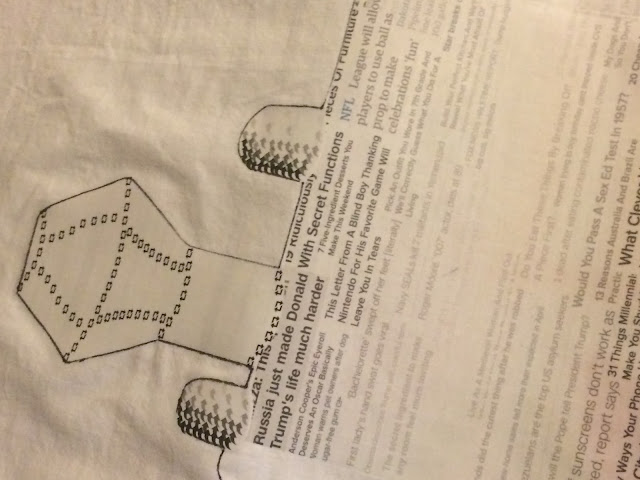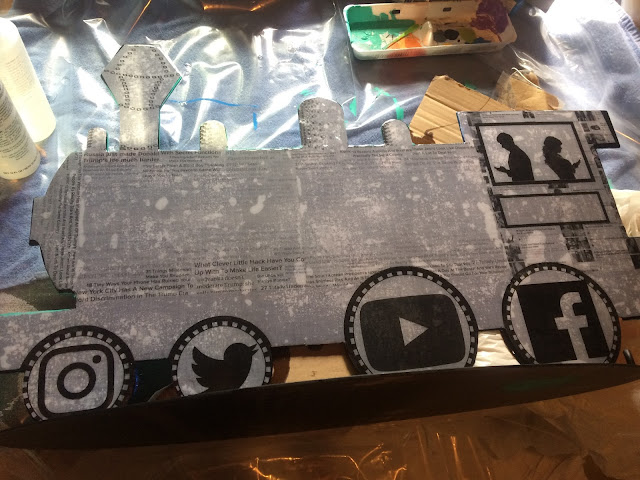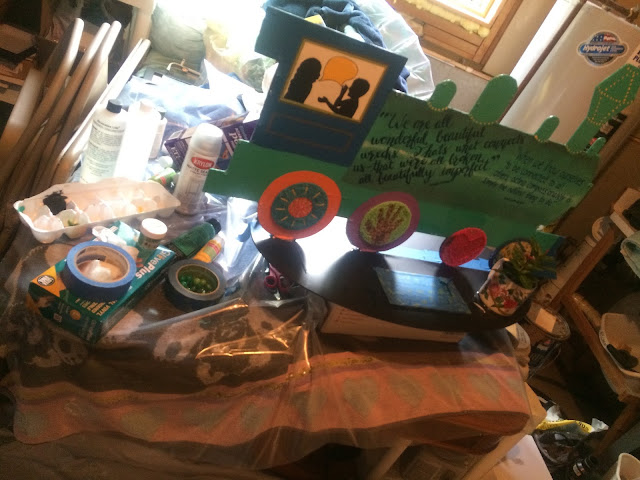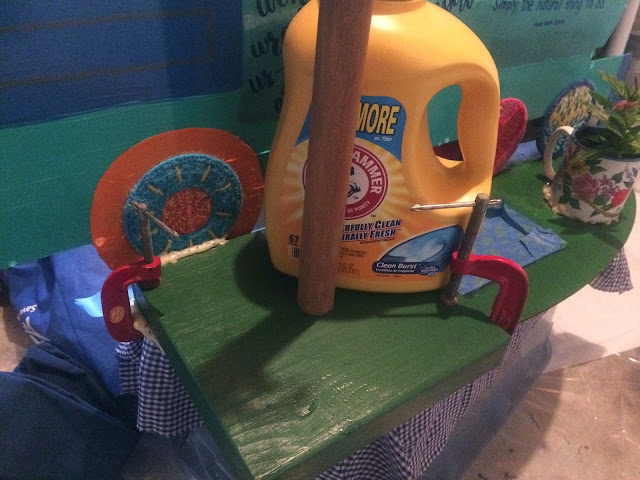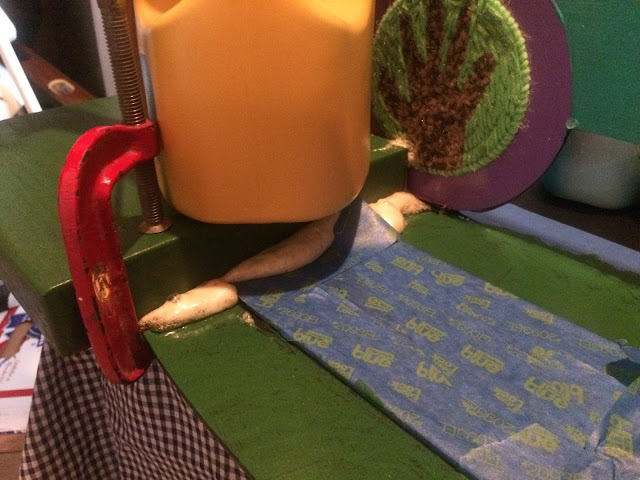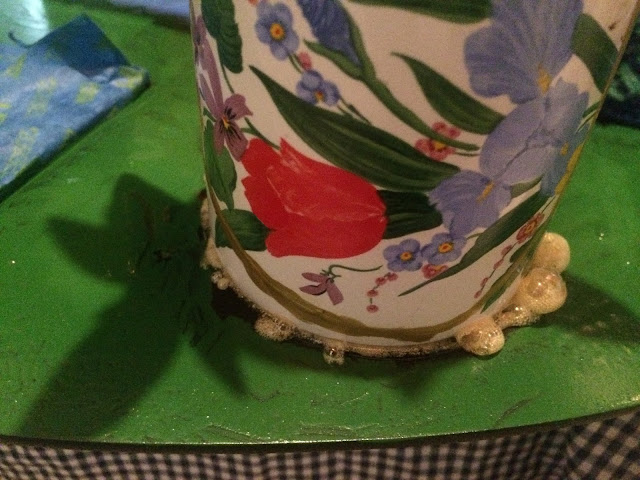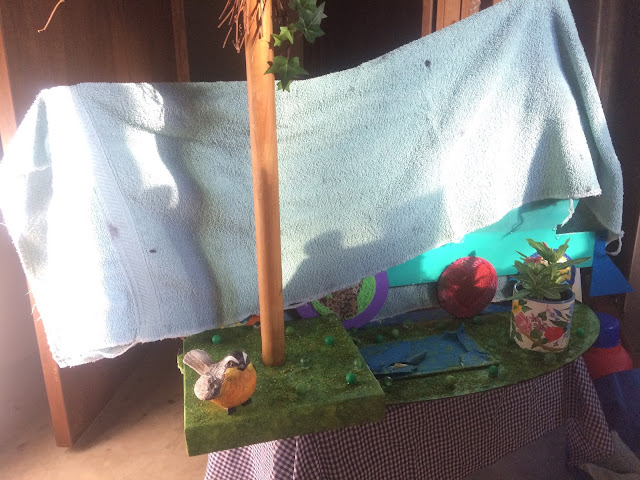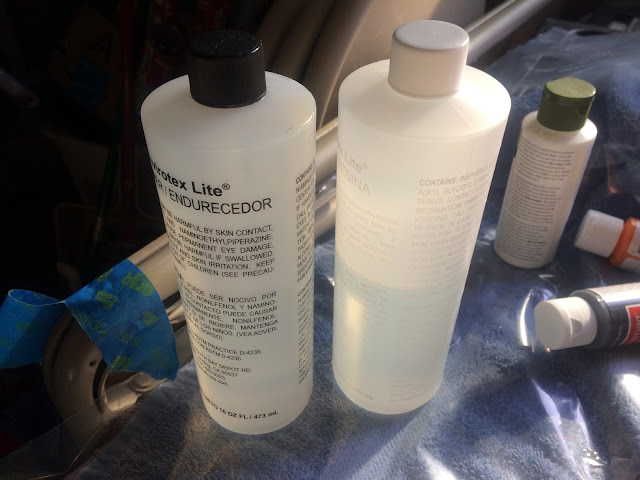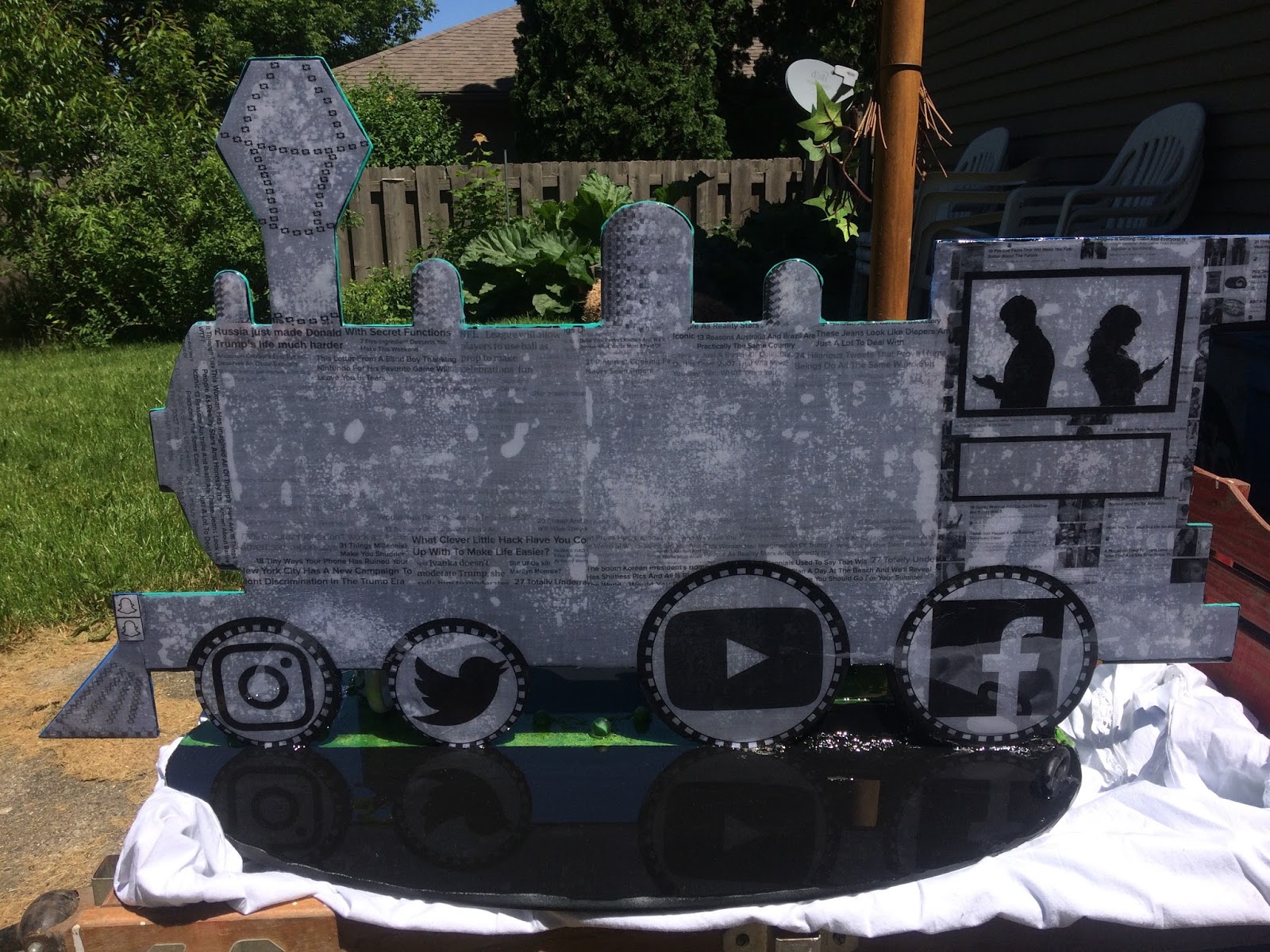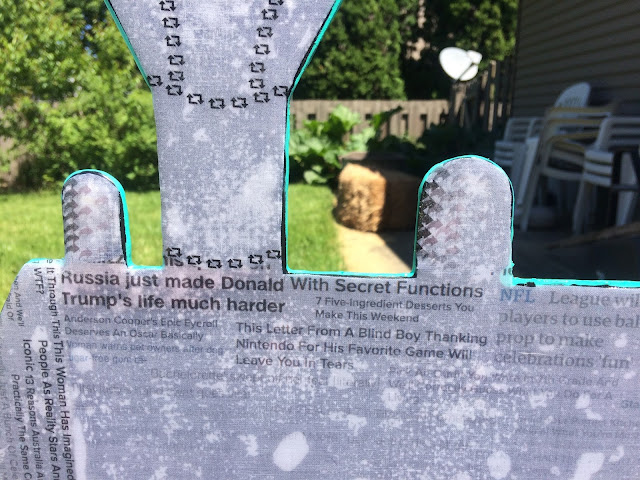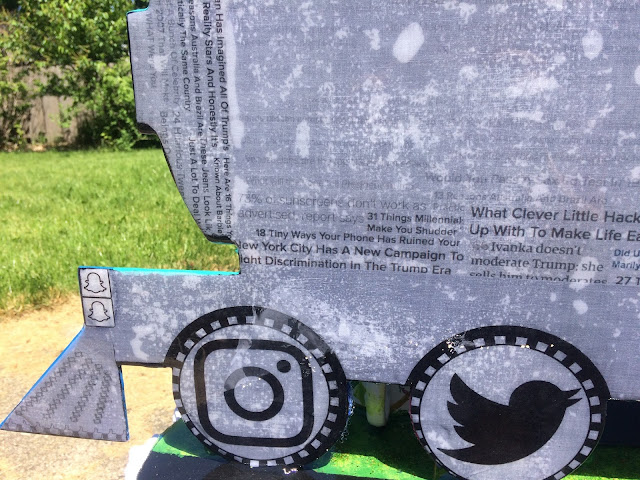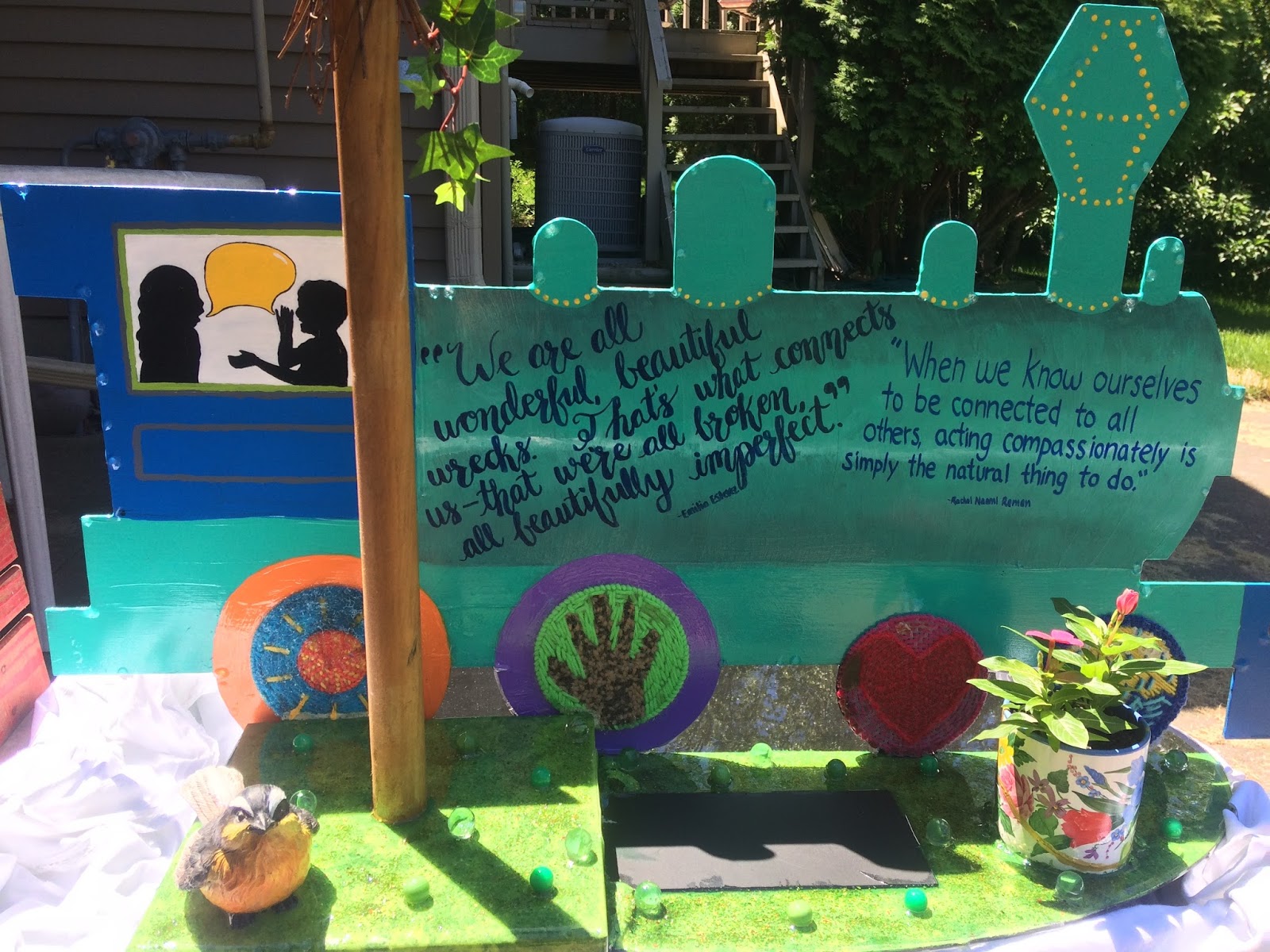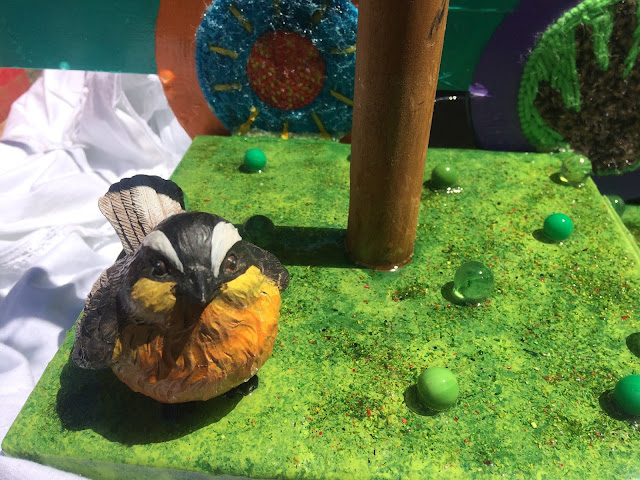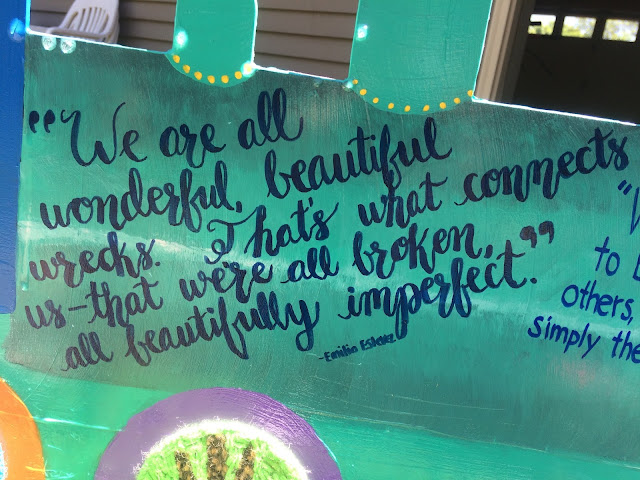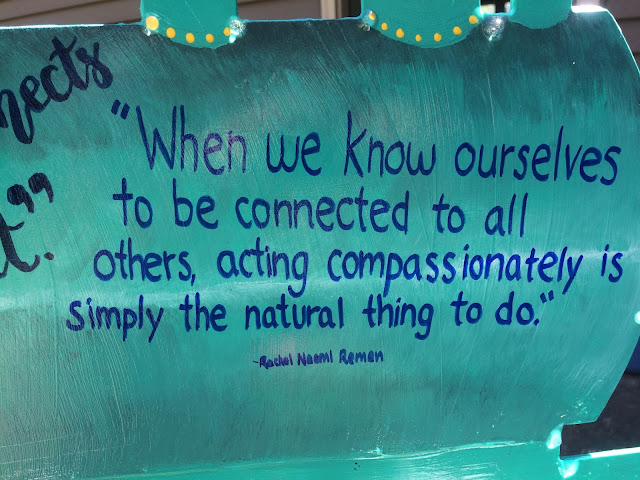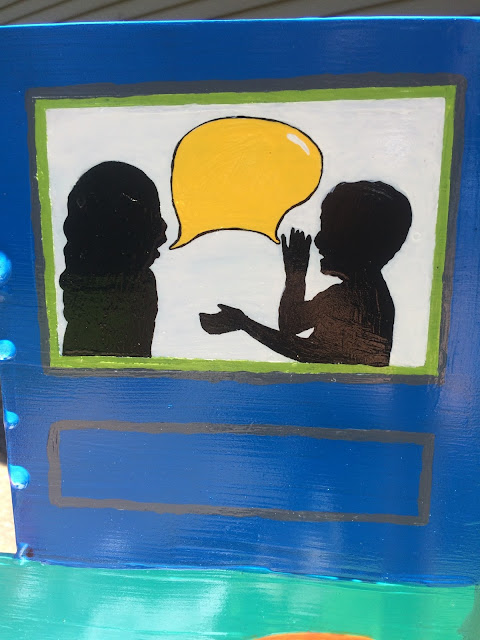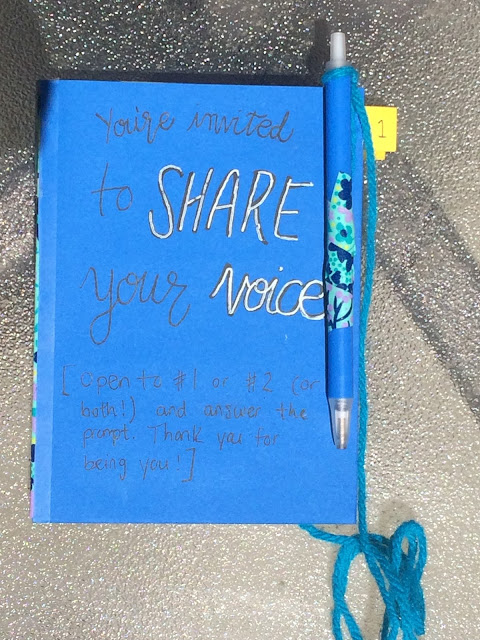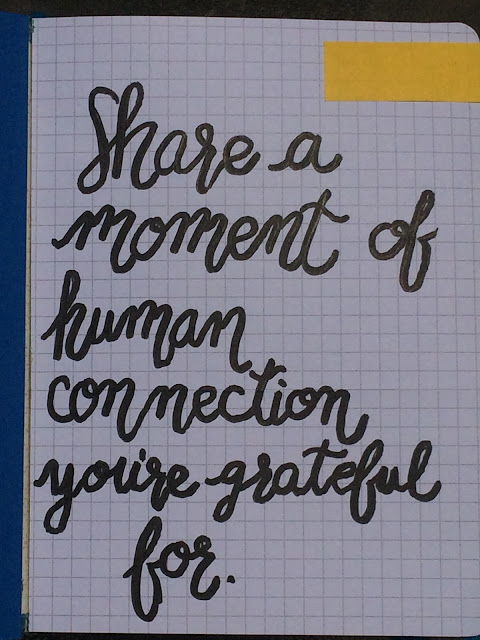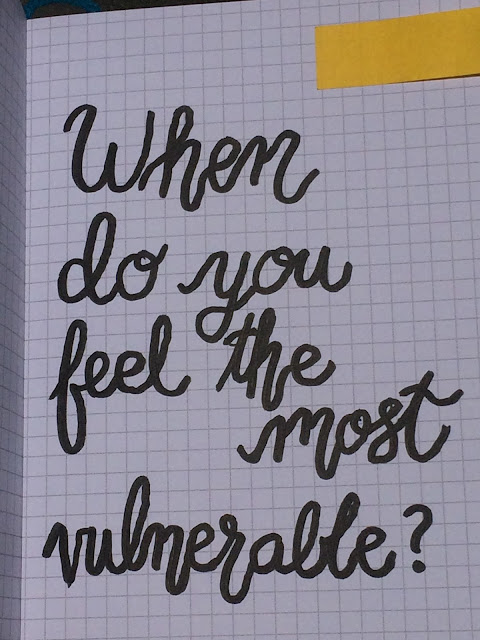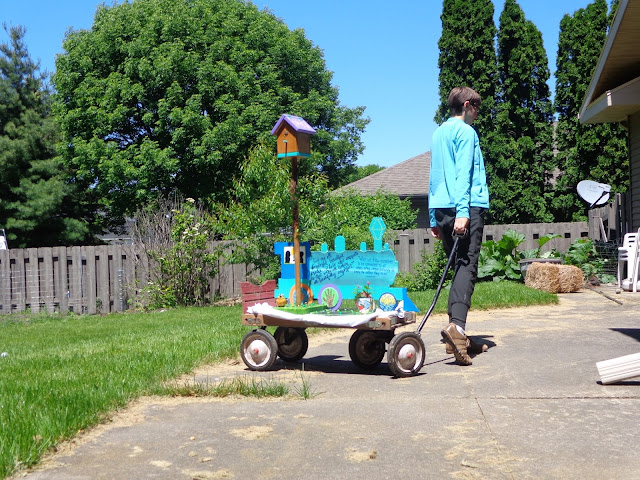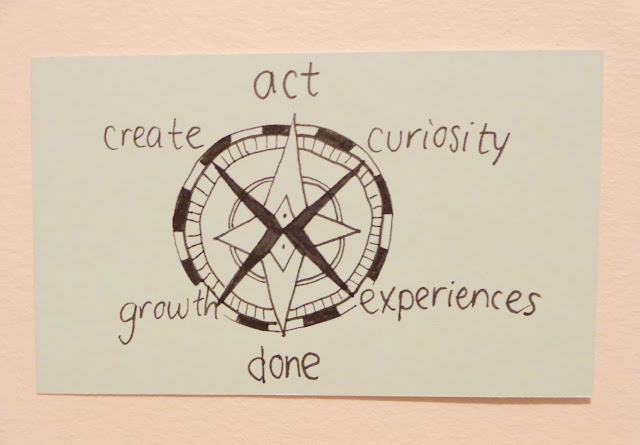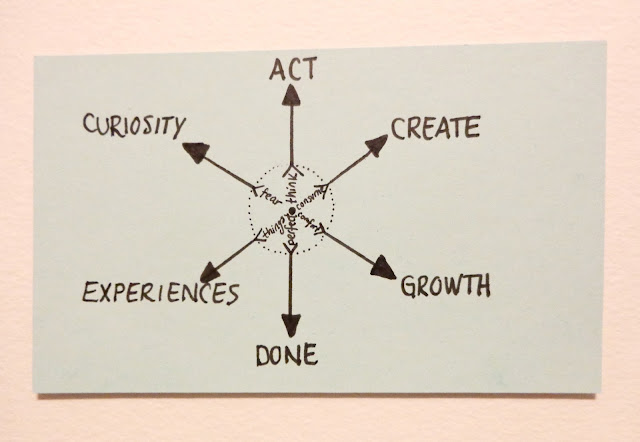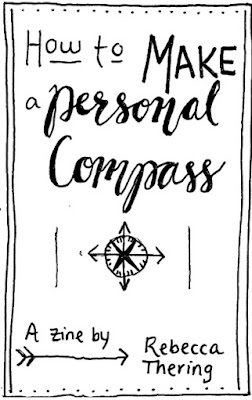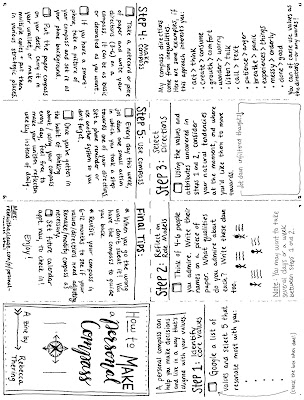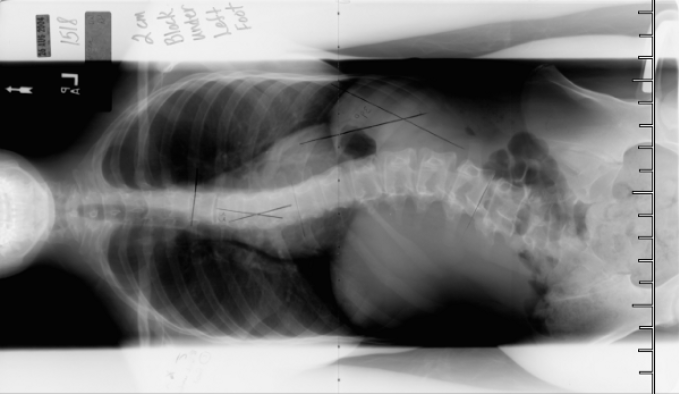
“Smile on three: One, two— stop leaning Rebecca,” said my cousin.
It was Homecoming of my freshman year in high school, and I was having my first of many pictures taken in my black dress.
“I’m not leaning,” I replied.
“Then why is your hip sticking out?” she asked.
What was she talking about? I looked in a mirror.

My cousin was right: My right hip was jutting out as if I were leaning heavily on that side.
But I wasn’t leaning at all.
That’s the day I “discovered” my scoliosis—an abnormal curve of the spine.
Exploring Options
The diagnosis was eventually confirmed by a doctor, and by February of my sophomore year I was seeing a chiropractor twice weekly. She gave me stretches to do, but my curve was at a severe degree; it had been caught late, now age 15.
I do remember my chiropractor mentioning a brace, but I never got one and I’m not sure why we (my family and I) didn’t explore this option more seriously. Would a brace have even made a difference this late in the game to a curve of my degree? I don’t know. But if I were to receive the news of scoliosis today—knowing what I know now—I would try whatever I could before turning to surgery.
But in 2004-5 we went on to visit a few different doctors before settling on a course of action. One of these doctors could lengthen limbs, and boy was I excited to meet with him. You see, we’d found out my left leg is slightly shorter than the other, so I thought if he could just make my left leg that much longer, doing whatever it is that he does, it would even me out and make everything straight again—easy as magic. I had zero concept of how unnatural it is to cut into human skin and perform any type of surgery, let alone the toll it would take on the body to heal itself.
Despite my fantasies of having two legs of equal length, the limb lengthening doctor didn’t think that was the route we should go. But to address the length discrepancy either he or one of the other doctors gave me a quarter-inch lift to wear in my left shoe. I wasn’t really instructed on how long I should wear it for; looking back it felt more optional if anything. I wore it for a time, then summer came around and flip flops adorned my feet—a shoe unfit for a lift. I know the lift is still lying around my room somewhere today, 12 years later, but I don’t wear it. (Should I be wearing it post-fusion? No idea.)
Rather than surgically lengthen my leg, the consensus was that I should have a spinal fusion. This would involve screwing a metal rod to my spine and covering the area with bone graft so new bone would grow around the fused area. I don’t recall having any sort of discussion about this with my family—it was more like a doctor recommended it, told us a bit about it, and then we picked a date: June 24, 2005. I was on board, but again, I hadn’t considered what this would mean for me long-term, nor all of the risks involved.
My main concern was getting my driver’s license, as I’d be turning 16 in April but wouldn’t be allowed to drive for six weeks after the surgery. I strategically scheduled my driver’s test for early June, two weeks before the surgery, and much to my relief, passed.
The operation would also eliminate all possibilities of becoming a future gymnast, which was a non-issue. No more botched cartwheel attempts or forward rolls in our PE’s tumbling unit for me.
Another concern brought up when learning about spinal fusions was my ability to have children. The doctor assured us I’d be able to give birth no problem with a fused spine. What I didn’t consider, however—too far from my mind at the time—is how a spinal fusion would limit positions for conceiving said child.
With no red lights, onwards we moved.
The Fusion and Hospital Stay
I had to give blood twice a few months before the surgery, which they would save and later put back in me after the spinal fusion. The first time I went to give blood, my iron count was too low. So we scheduled another date and two weeks prior I started taking iron pills (which made my poop turn green) and ate lots of broccoli. This second time my iron level was just high enough for a self-donation, but didn’t meet the level required for donation to others.
Sophomore year ended, I passed my driver’s test, and before I knew it June 24 rolled around.

The day prior appeared to be like any other summer day—I watched a Hilary Duff movie (“The Perfect Man”) with my best friend, had another friend over, and went to my neighbor’s house to watch the guys play Halo 2. My older brother and grandma returned from a trip to Ireland that evening, and then I imagine I tried to get to bed early.
I woke up at 4 the next morning and we left the house around 5. My surgery was scheduled for 7:30. I don’t remember feeling hungry or anxious, just being cold in a hospital gown and finally getting wheeled into a room.
When I came to, I was in a room with nurses and my parents. I couldn’t move my core. I had a button I could push for the pain, which pumped drugs straight into me but wouldn’t let me surpass some sort of daily limit. I was also connected to a catheter, so my pee went directly into a bag.

You’d think the most critical part would be over, now that the surgery had ended, but the event which marked my hospital stay happened in the hours after. I was watching “Pirates of the Caribbean” on the TV, and a nurse came in to give me a bag of my blood. She hooked it up, and all of a sudden everything went fuzzy, then black.
When I came to, there was a pile of doctors and nurses around me, one holding an oxygen mask over my mouth and nose, and my parents had terrifying looks of utter shock on their faces. Apparently the nurse had put the blood through the same line where they’d been giving me narcotics—without clearing it—so I overdosed on narcotics and my central nervous system shut down. My parents said I’d gasped for breath and then stopped breathing. They thought they were watching me go, right then and there. I was going, but the nurses/doctors gave me oxygen, stopped the blood transfusion, and then I came back.
Later that day I felt well enough to eat a popsicle, which I promptly threw up. I attempted to sleep that night, but hardly got any shut eye.
On Saturday I woke up around 6 a.m. and watched “A Cinderella Story.” That day’s events as recorded in my journal include:
- Dad, Luke, Jacki came around 10 a.m.
- Watched “Finding Neverland” but didn’t really watch it.
- Read a little of “The Dark,” listened to CDs.
- Got flowers from my chiropractor and staff.
- MB called.
- Drank 7-up.
- Sat up in chair.
- Watched “The Princess Diaries 2.”
- Luke and grandma played cards.
- Rolled on right side, not comfortable, rolled on back.
- Took medicine, got washed up.
Yes, sitting in a chair was hard enough to warrant a line in the journal, and getting washed up involved a nurse wiping every inch of me with warm cloths.
That night was the episode I remembered most vividly. It was 3 or 4 in the morning and I had been sleeping on my right side. Suddenly I was incredibly uncomfortable and wanted to move, but couldn’t find the call button for a nurse. The pain was intense, but I also couldn’t find the green button to push for the narcotics. I was in such a panic, unable to move or do anything to get comfortable, trapped in my own skin. My newly damaged spine made my body feel foreign; nothing moved as I’d known it to. I couldn’t bear the pain nor frustration. Eventually I was able to wake up my mom—who had been sleeping on a cot next to me—and a nurse came in, but dang that was a long night.
On Sunday I sat in a chair again, got washed up, drank 7-up, took lots of pills, got a balloon and beanie baby from someone, had family visit, ate toast and juice, and then had my first walk.
It was very exhausting to stand and walk around. The nurse pushed my IV pole along, and I used all the energy I had to put one foot in front of the other.
Then an aunt and uncle came to visit, followed by my best friend MB and her mom. I went on a second walk with MB, returning to find another aunt and her friend were there to see me, armed with gifts of magazines, word puzzles, Pez candy, and a DVD.
When everyone left I napped for a while. Upon waking, I saw that my brothers and mom had used the window paint in this children’s wing to repaint the window in my room. My dad took my brothers home around 5:30, then I napped again, got my hair washed, ate mashed potatoes, and slept more.
Around 9 I woke up and went on a third walk, then watched “Desperate Housewives,” brushed teeth, and couldn’t sleep well that night either.
Monday was more of the same, though with notable progress made:
- Woke up, sat in chair, took pills.
- Slept lots.
- “Bath.”
- Catheter removed.
- Walked and measured height (5’6”).
- Walked up and own stairs.
- Got hair washed in a “salon.”
- Ate some mac+cheese, used bathroom.
- Slept.
- Epideral removed.
- Epideral pad bleeding.
- Slept on side.
- They changed back pad.
Apparently being able to walk up and down stairs was what needed to happen before they let me go home. A nurse suggested we try it on the walk to get my height measured, and she seemed pleasantly surprised that I was able to do it, albeit slowly and with concentration. And that’s why at 5:30 that evening they released me from the hospital, a day or two earlier than we’d been expecting.
Recovery
Before the surgery I slept on a top bunk, so my parents brought it down and set the bed in the middle of the rug/reading area of my bedroom. I most remember spending daytime next door in my parents’ bed, however, as they had a small TV in their bedroom. I watched VH1 and MTV each morning, completely captivated and transported by Coldplay’s “Speed of Sound,” which had just come out that summer and always made the day’s top 20. I had stacks of library books next to the bed as well.
I wore a fabric brace that Velcro-ed shut, to help keep me from twisting or turning. I couldn’t shower, so we got some wet shampoo to keep my hair under control. I had a prescription of oxycodone and oxycontin for the pain, but I stopped taking them early on. I couldn’t tell much of a difference with or without them, so I figured I should stop taking them. I had little idea at the time just how sought-after the remains of these two pill bottles would be, but just last month I took them to a drug drop off here in town—the same number remaining as when I stopped taking them 12 years ago.
Later in July a friend had a birthday party and bon fire at her house. This was my first big “outing” post-surgery, approached with caution. I wore my brace under a sweater and my mom both drove me there and later picked me up.
After six weeks I got to drive again, and had a check up with a doctor sometime around there. At one point he asked me “Do you have any numbness or tingling sensations in your back?” My mind grabbed onto the word “tingling,” to which I immediately answered no. Moments later I realized this was when I should have said that yes, my lower back is a bit numb. But I didn’t say anything, and it’s remained somewhat numb ever since.
Aside from that, post-fusion changes were small and I adjusted quickly. Lying on my stomach was no longer comfortable, for example, so I stopped doing that. I was now sure to sunscreen the long scar on my back whenever I was outside in a swimsuit. Years later when I first tried yoga, I quickly learned that poses like upward-facing dog and cat pose were absolute no-nos. I’ve slept on a Tempur-Pedic pillow ever since my fusion, bringing it along for all of my year-long stints overseas. The fusion didn’t really affect my day-to-day teenage life after the recovery, though.
Life with a Fused Spine
As I finished high school, the whole spinal fusion quickly became old news to my new health problem of IBS-D—which would go on to cloud my world for nearly ten years. The funny (?) thing is, I’m fairly certain all of those digestive problems started because of the spinal fusion, or at the very least my surgery must have been a contributing factor. No one told me that all the antibiotics I’d been given would kill good bacteria in my flora, so I did nothing to restore it after the surgery. I didn’t yet know about prebiotic foods, probiotics, gut health, whole foods, “The China Study,” industrial farming, etc.
I’m now thankful the IBS happened, because it prompted self-education and experimentation through which I learned an incredible amount, flipping my view of Western health/medicine on its head. Over the past decade I’ve changed my diet from cans, frozen meals, and processed foods to a primarily whole foods plant-based diet. Very long story short, during most of my young adult life I was struggling to get my IBS under control, so there wasn’t much energy to consider physical health beyond that—meaning I wasn’t too aware of my movement.
I was most active in the no-contact sport of ultimate frisbee over the years, playing as everyone else except that I was cautious to avoid collisions and purposefully held back from “laying out” to dive after low discs.

In 2014 I brought attention to my tight hamstrings by beginning a 100-day stretching project with the goal of touching my toes. I made it to day 77, increasing my flexibility along the way, though never eliminating the gap between my finger tips and toes.
That fall I took my first Pilates and Zumba classes at our local village center. I especially liked Pilates and found I had quite a weak core to build up. There were certain twisting/rolling exercises I would modify or substitute for others, and although she’d never had a spinal fusion student before, my instructor was really good about telling me what to replace with what to keep my core in a neutral position.
When I signed up for a second session with the same instructor that winter, she requested a letter from a doctor saying it was okay to do Pilates with a my fused spine. I went back to my chiropractor all these years later and she tested my movement then cleared me for Pilates. (She encouraged it, actually, commenting on my weak core muscles.) I suppose it was during these years that I began to pay more attention to my movement and posture.
Mindful Movement
In 2016 after working online for two years, I bought a Roost laptop stand and vertical mouse to improve my posture while I work — both because of my spine situation and for my health in general.

The Roost raises the screen so my eyes are looking straight out to the top 15–20% of the screen when I’m sitting straight up, rather than having to crane my neck down or slouch as I’d been doing. (I can tell a huge difference and highly recommend a Roost for all laptop/tablet users, by the way.)
I’ve notably increased the amount of mindfulness in my life over the past five years, and I’m now much more aware of my body’s position each day. I make sure to avoid slouching or putting pressure on the lower and upper ends of my fusion.
While working on a small farm this spring, for example, I was often tasked with cutting olive tree and vineyard branches into small logs and tinder. I did much of this chopping on my knees or sitting down, depending on the tool I was using. It probably looked silly, but standing and hunching over to cut said branches would have been terrible for me. I have to keep my top half straight. (For any fellow fused spine folk, I recently discovered that Julie Wilkins has very helpful videos on YouTube, such as “Home Activities After Spinal Fusion”and “Yoga With Spine Fusion.”)
I’ve read a bit on online forums about people older than me with spinal fusions who later had to have hardware removed/replaced. I’ve only read a bit and not extensively because these types of Google searches really freak me out. I absolutely do not want another surgery, but 16 was so young. If I live to be 90, let’s say, that would come out to 74 years living with the spinal fusion. I don’t think anyone’s ever had my exact type of fusion for 74 years, as medicine is always advancing, so this huge unknown worries me. Could the hardware break down inside of me or cause some other big problem in the years to come? What’s the longterm effect of having cut through my skin and installed this hardware along and into my spine?
I don’t like to think about it, so I don’t. Instead, I stay in the present and pay attention to how I move, taking responsibility for what I can control now—in an effort to prevent any future slicing and dicing.
12 Years Fused
When first researching for this post two years ago (the original idea was to do a 10-year reflection), I happened upon a story about a teen girl who wore a back brace to reduce the curve of her scoliosis. She probably cursed having to wear it every day at school, but my first thought was “I wish I had done that!” My whole understanding of health and Western medicine has changed drastically from age 16 to age 28. It feels strange to know one of my past selves so willingly allowed surgeons to alter my body in this irreversible way, to cut it up and put it through so much without trying to fix it via a more natural course first.
The word “regret” has only ever come to mind in my life when looking back on this particular past choice. Who wouldn’t wish they could move freely and bend like once before? It would be nice to be able to twist in yoga and Pilates, to shake my hips while dancing, and to have a greater variety of passion poses. But at the same time, if the surgery was indeed the main cause of my IBS, I’m thankful these struggles allowed me to learned so much about whole foods and being mindful of my body movements. Would I have learned all of this another way, without the spinal fusion? I don’t know. Maybe, maybe not.
Whenever I’ve reflected on whether or not I regret the surgery, those feelings are soon followed by twinges of guilt. You can’t feel bad just because you can’t turn certain ways and bend your back, I would tell myself. You can still walk, run, ride a bike, basically do anything you want—just a tad bit differently. It seems a very small price to pay when you consider all the things that could have happened to me. I have my sight (with glasses), I still have my awesome metabolism and size, my hands, arms, legs, feet, knees, heart, lungs—everything else seems to be functioning as it should. And that’s merely the physical. So among all of my good fortune in life, it feels foolish to regret having fused my spine together.
But still, every now and then, I wonder.
Update: In July 2017 I had a great appointment with a PT who offered specific exercises and stretches to improve my flexibility/muscle where I need it most. I also purchased a set of ten yoga-for-spinal-fusion videos by Julie Wilkins called Adapted Yoga. A full write-up about this new part to my journey can be found here.
This post was also published on Medium.

